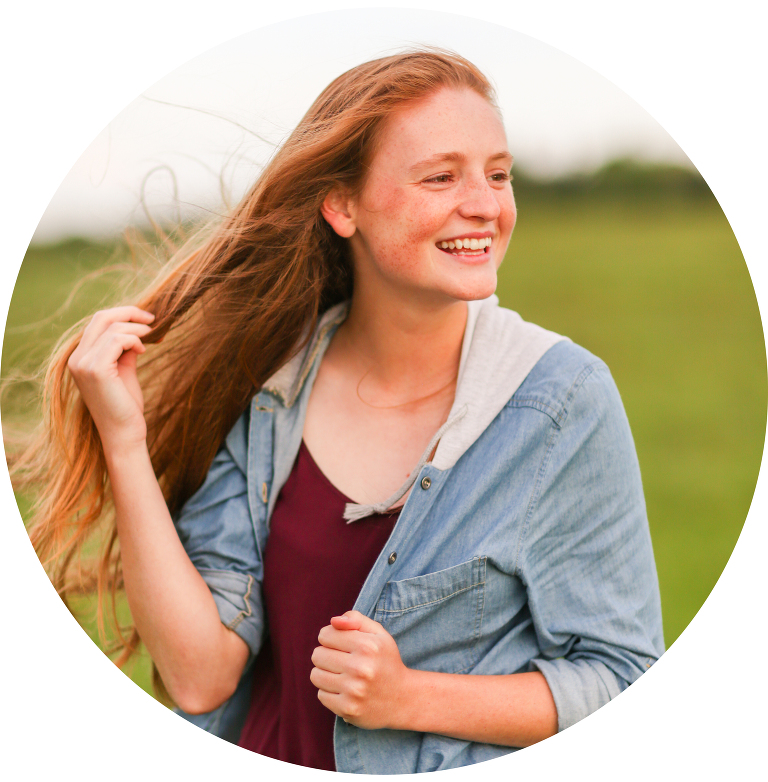How To Photograph a Wedding Ceremony
The task of photographing a wedding ceremony is daunting. Every couple has a unique day planned and each moment only happens once. This is when they pledge their love and commitment to each other in front of their friends and family. Each detail is planned and meaningful. People are moving in and out, events can sneak up on you, the kiss can last a second, and the whole thing could be over in 15 minutes.
That’s why I have a game plan going into every ceremony I photograph. Although each day is different and the venue is never the same, I use this step-by-step plan for every wedding. I bring a second shooter to 99% of the time, so I include them in this plan. If I’m alone, I change it up a little bit and still cover everything important. I’ll talk about what camera equipment I use and when, and how my second shooter complements it. This is your all-encompassing guide for how to photograph a wedding ceremony!
.jpg)
Before the Ceremony
Before the ceremony begins, I always capture the site when it’s all decorated and before guests have started to be seated. I get a wide shot to capture the scene and atmosphere, then move in to get important details. Flowers, arbors, welcome signs, and anything else that your couple brought needs to be photographed at this time. I use my 35 mm f/1.4 for most of this.
.jpg)
As the guests come in, I stand at the front of the ceremony scene where everyone can see me. Every person in attendance is important to your couple, so make sure to get photos of them all. I ask each group for a picture where they’re all smiling into the camera. I also try to talk to each of them a little bit to make them feel welcome. It’s super important that you smile the whole time you do this (and during the whole day!) so the guests feel more comfortable. I’ve also gotten so many compliments that people can tell I love my job, which I absolutely do! Smiling goes a long way.
While I do this, my second shooter is walking along the back and sides to get candids of guests interacting with each other, paying special attention to family members. I use my 35 mm at this time.
.jpg)
Processional
My second shooter and I are in our places when all the guests are seated and music starts to play. I’m still at the front on the bride’s side and I photograph everyone as they walk down the aisle, hug, and interact with each other. This starts with family members as they are escorted to the front row. Then come the officiant, the groom, the groomsmen, the bridesmaids, the flower girls, ring bearers, and finally the bride. When everyone rises for the bride to enter, I get a photo of her walking towards me, then I turn my camera on the groom to get his reaction. I’m still in the front as her father gives her away and the couple sees each other. I quietly move to the side as everyone sits so I’m not in anyone’s view. I use my 35 mm.
.jpg)
As I do this, my second shooter is in the back of the aisle. Her job is to capture everyone as they enter the aisle and to get wide shots of the bride from behind as she walks towards the front. These are important photos, but the second shooter needs to be sure she’s not in my shot. This usually means that she is standing on my side of the aisle. Once the bride passes her, she needs to stand directly in the back of the aisle to get a symmetric view. These photos need to be wide, so she usually uses a 35 mm.
.jpg)
During the Wedding Ceremony
For the duration of the wedding ceremony, there are a few things you need to get before the traditional exchange of rings and kiss. My second shooter and I both start in the back to get wide shots to show the scene, then we work on our own sides of the venue. I move along the back and right side so I can see the bride’s face, and my second shooter moves along the left so she can see the groom’s face. Although there’s little movement, there’s still a lot to capture. I almost always wear a harness and carry two camera bodies throughout the ceremony. One camera has my 35 mm so I can get wide shots, and the other has my 70-200 mm f/2.8 so I can zoom in and get close shots without needing to get too close myself.
.jpg)
Once you have wide shots, you need to get close ups of every important person. I love getting photos of parents holding hands during the ceremony as they watch their children get married. Try to capture the couple giving loving looks, laughing, wiping tears, reciting their vows, and more.
If there is any special event, such as a friend giving a speech, a rope tying, a tree planting, or anything extra in their ceremony, it must be captured. Try to get this information before the wedding day, or at least before the ceremony, so you can best prepare for it.
.jpg)
After all of this has been captured with certainty, you can get creative. Find alternate angles (such as behind the alter if it’s allowed!) and get candids of the guests as they watch. You should know when the ring exchange and kiss happen so you can be prepared.
.jpg)
Ring Exchange and Kiss
When it’s time to exchange the rings, my second shooter and I both slowly and quietly move to the back of the venue then walk down the aisle towards the couple. We’re usually bent down on one knee so we don’t block anyone’s view, occasionally standing up. I use my 70-200 to get in super close for the rings while my second shooter uses a wider lens and gets a combination of both vertical and horizontal shots.
.jpg)
When it’s time for the kiss, we step a few feet back up the aisle. I get a close vertical shot and get a horizontal if I have time. My second shooter gets a super wide horizontal shot.
.jpg)
Recessional
After the kiss, the couple usually turns towards the crowd with huge smiles. Hand in hand, they walk up the aisle towards us, and we both walk backwards and take as many shots as we can. I get close ups, my second gets wide shots. I motion for them to stop and kiss when they’re most of the way down the aisle. Take photos the whole time.
.jpg)
After the Wedding Ceremony
When the couple leaves the ceremony spot, my second shooter follows them and captures candids of the excitement. Focus on getting hugs, laughter, and general happiness. They just got married! These can be some of the best moments of the day, so make sure you don’t miss it.
.jpg)
As she does that, I get photos of the guests walking up the aisle towards me. I round up all the family and get ready for family formals, which happen right after the ceremony when the whole family is there. My second shooter brings the couple and their bridal party back, takes out the family formal checklist, and we begin.
.jpg)
That’s how to photograph a wedding ceremony to ensure you get the best coverage without missing a beat! This is one of the best times of the day, and it’s up to you to cover it. It’s ok if something goes wrong or if something unplanned happens, and that’s why I always hire a second shooter. It’s better to be prepared and have a game plan so you can serve your couple as well as you can!
Interested in learning more? Check out the photographer education page!
Sign up for my free monthly newsletter to learn more like this!
Pin this blog post here!



.png)
.png)
.png)
.png)
.png)
.png)
.png)
.png)
.png)






